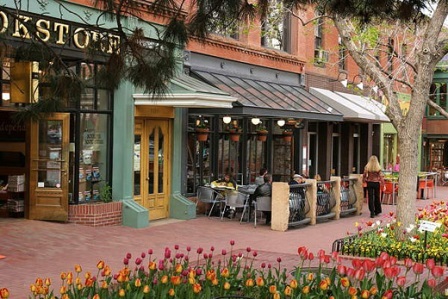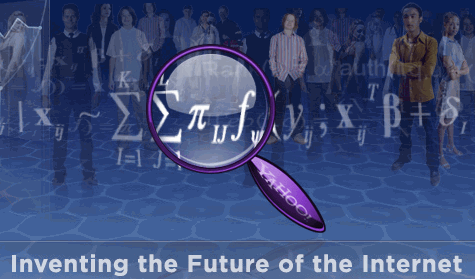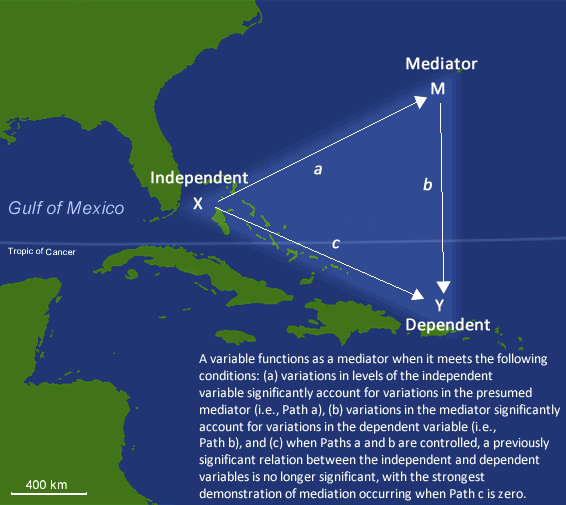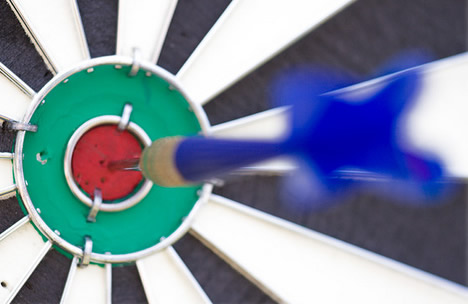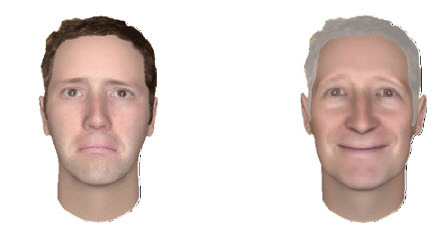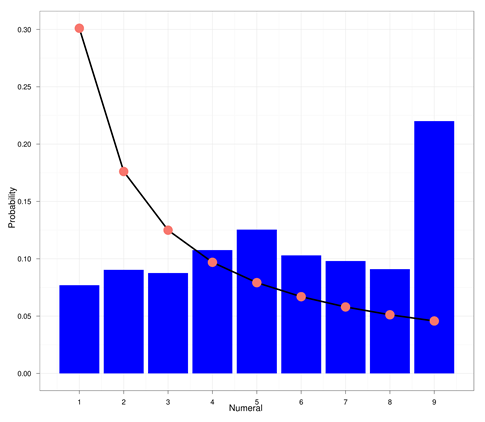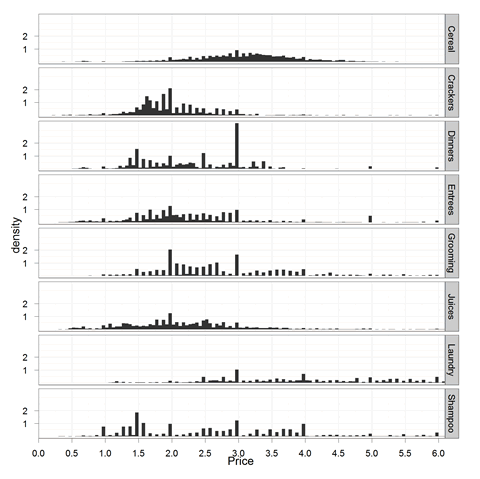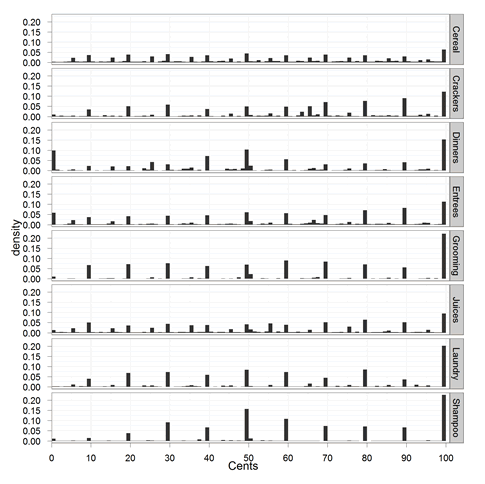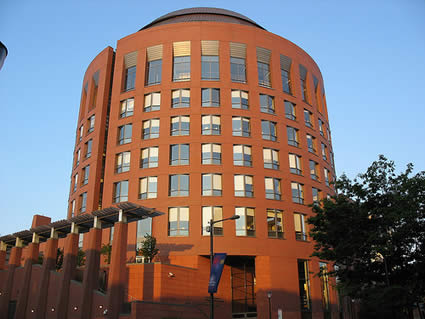2012 Boulder Summer Conference on Consumer Financial Decision Making
 Subscribe to Decision Science News by Email (one email per week, easy unsubscribe)
Subscribe to Decision Science News by Email (one email per week, easy unsubscribe)
ABSTRACT SUBMISSION DEADLINE: DECEMBER 15, 2011
Hi Folks – This year BDRM will back back to back with with Boulder Summer Conference on Consumer Financial Decision Making. What an excellent reason to attend both!
What: 2012 Boulder Summer Conference on Consumer Financial Decision Making
When: June 24-26, 2012
Where St. Julien Hotel, Boulder, Colorado
Deadline for Submitting Abstracts: Dec. 15, 2011
To submit an extended abstract (1 page single spaced), please visit the conference website http://leeds.colorado.edu/event/bouldersummerconference#overview and click on the Submit Paper Abstract link.
Conference Overview
Consumer welfare is strongly affected by household financial decisions large and small: choosing mortgages; saving to fund college education or retirement; using credit cards to fund current consumption; choosing how to “decumulate” savings in retirement; deciding how to pay for health care and insurance; and investing in the stock market, managing debt in the face of financial distress. This conference brings together outstanding scholars from around the world in a unique interdisciplinary conversation with regulators, business people in financial services, and consumer advocates working on problems of consumer financial decision-making.
Our goal is to stimulate cross-disciplinary conversation and improve basic research in the emerging area of consumer financial decision-making. This research can inform our understanding of how consumers actually make such decisions and how consumers can be helped to make better decisions by innovations in public policy, business, and consumer education. Please see the 2010 and 2011 programs on the conference website to see abstracts of research by scholars in economics, psychology, sociology, behavioral finance, consumer research, decision sciences, behavioral economics, and law. Our format allows a very high level of opportunity for conversation and interaction around the ideas presented.
Conference Format
We begin with a keynote session late Sunday afternoon: ten 75-minute sessions over the next two days. We begin with financial decision making of consumers in distress because of poor financial decision making or situational stress. We then turn our focus to more basic processes that guide everyday consumer financial decision making, both good and bad. Throughout the conference we schedule significant time for informal interaction outside of the sessions.
The conference co-chairs will select papers for presentation at the conference based on extended abstracts. Selected papers must not be published prior to the conference, but those researchers presenting their work at the conference must commit to have a paper that is complete and available for review by discussants one month prior to the conference. Selections will be based on quality, relevance to consumers’ financial decision-making, and contribution to breadth of and complementarity of topics and disciplinary approaches across the conference as a whole.
Registering for the Conference and Booking a Room
There are links on the conference website for booking at the St. Julien Hotel and for registering for the conference.
The conference will be held in the St. Julien Hotel & Spa. We have negotiated very attractive room rates for conference attendees (and families). Please note that the Conference has not guaranteed any rooms, rather they are on a “first come” basis. We encourage you to book your rooms as soon as you can. Boulder is a popular summer destination and rooms go quickly at the St. Julien Hotel!
JDMers please note that this year the Boulder Summer Conference immediately precedes the Behavioral Decision Research in Management conference, held later the same week at the St. Julien Hotel. Our hope is that many of you will attend both conferences.
